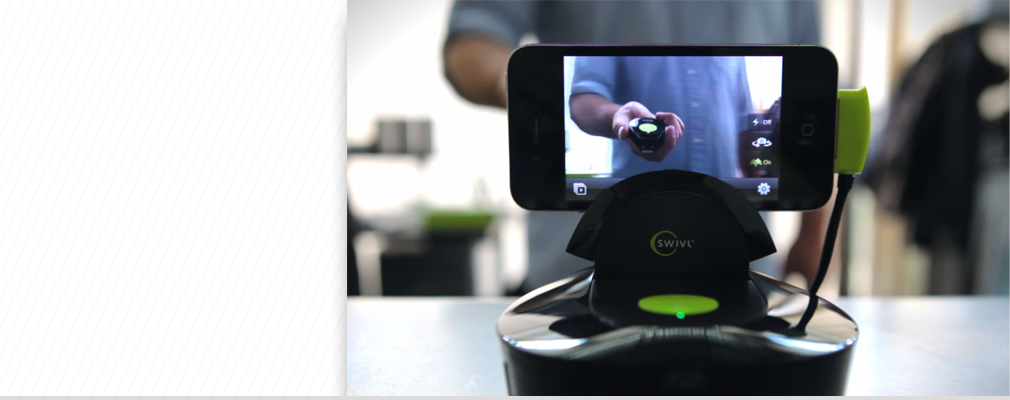Audio Gear for Mobile Devices
Like photography some basics ideas go a long way. A top 10 list of audio basics can be found elsewhere on this site. For this post let’s talk about audio gear – the author’s favorite topic. The main thing to realize is that your mobile device is capable of producing quality media, but your technique and story are the most important ingredients. Neal Augenstein from WTOP, Washington DC PBS station sums it up:
It’s still up to the multimedia reporter to learn and use journalistic standards, fairness, perspective, and taste, because they don’t have an app for that.
(via MediaShift . What I’ve Learned 3 Years After Ditching Radio Recording Gear for an iPhone | PBS)
Augenstein mainly uses just his iPhone and its internal mic. This works well when it’s just you or you and another person – you can get the mic in close. This interview positioning can be seen in the pic of Augenstein and the Governor of Virginia below.
-From PBS Mediashift
External Mic
When possible, using an external mic will provide significant better sound when you are recording other people. Especially in video, you likely want to keep the microphone out of the visual shot. This more specialized audio recording requires selecting an appropriate mic (see Top 10 for mic types) close to the subject. For our work in Media Commons at UIUC we have mostly lavalier and shotgun mics. These options let you get in close but still keeping the mic out of the scene. Proximity makes all the difference in getting good audio.
Getting the Mic Connected
There are two options for connecting an external mic to your mobile device:
-
To the headphone jack – this creates a connection that takes the place of the telephone mic you use when you have headphones plugged. Rather than using the mic on the headphone cable you can connect pro and semi-pro mics.

-
To the dock connector – this is the optimum method as it passes a digital signal into the mobile device, often a USB connection to external sound gear or microphones. To do this you may need the Apple iPad Camera Connection Kit – Apple Store (U.S.) for iOS devices. Some mics now come with a 30pin or Lightning connector removing the need for the Camera Connector Kit. The Apogee below is a good example of the digital connection for a mic.

Mobile Audio Learning Links
MediaShift – Fantastic blog by an NPR reporter that exclusively records on an iPhone for broadcast quality audio. Also follow his hashtag on Twitter – #iphonereporting
Apps – iOS
- GarageBand – iPhone and iPad
- FiRe 2 – iPhone. It’s 4.99 but worth it. It turns your iPhone/iPod into a legit field recorder with a decent editor. Uploads to DropBox and other file transfer methods.
- The top five list of audio apps from Augenstein at WTOP, PBS new affiliate. MediaShift . 5 Must-Have Apps for iPhone Radio Reporting | PBS This list is not just audio apps, but has a broader toolkit for the reporter.
Apps – Android
Swivl
Swivl is a automated camera mount for shooting video. The onscreen person has a “marker” that is a wireless mic and locator device. As the person moves around the camera tracks that person and keeps them in the frame.

Fostex AR-4i
One of the most innovative interfaces combines three audio inputs, headphone monitoring and tripod mounts. This provides some many options for recording audio and video.
